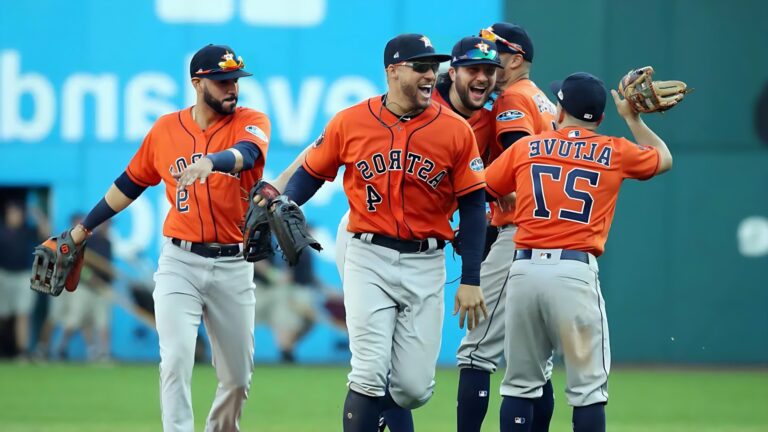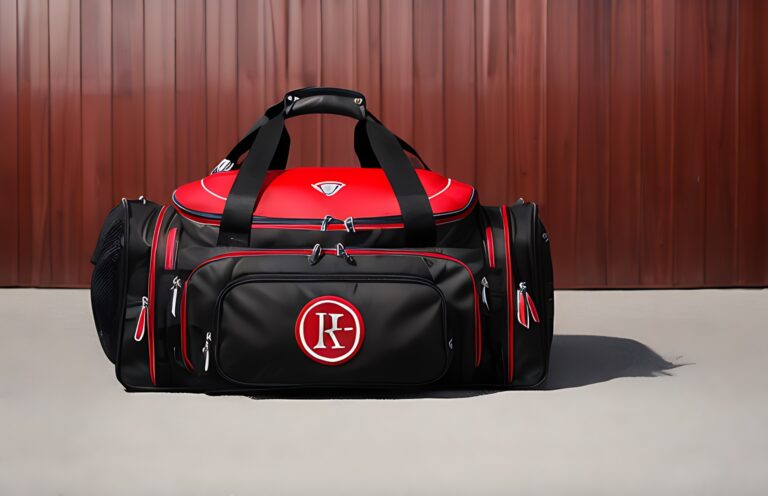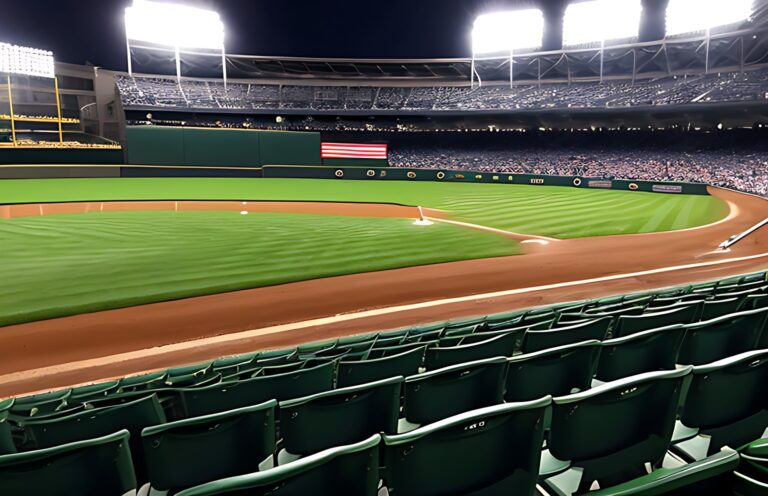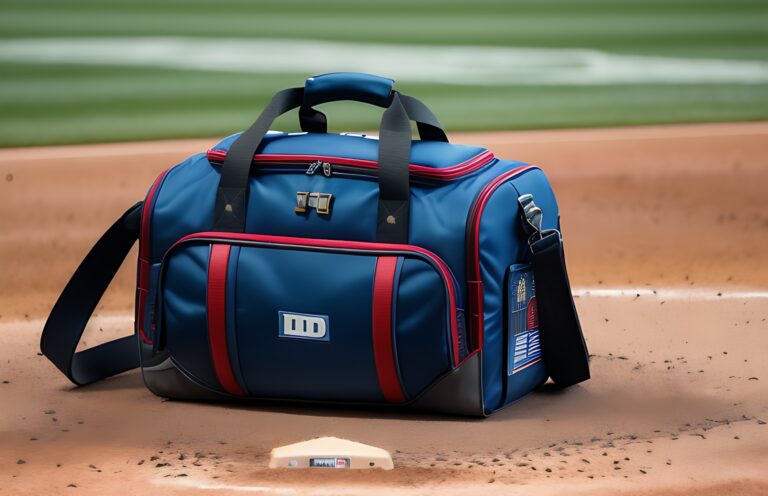How Many Stitches Are On A Baseball?
Baseball is a popular sport that has been enjoyed by people of all ages for over a century. Baseball itself, which is an essential component of the game, has undergone numerous changes over the years. From the material used to make it to the number of stitches on its surface, baseball has evolved to meet the needs of players and fans alike.
One question that often arises among baseball enthusiasts is how many stitches are on a baseball. In this article, we will explore the answer to this question, as well as provide some interesting facts about the history and evolution of baseball. You may read also the guide on the best baseball pitchback net
How many Stitches are on a Baseball?
A standard baseball used in professional baseball leagues typically has 108 stitches. These stitches are used to close the two leather pieces that make up the baseball’s outer covering, known as the baseball’s “hide.” The process of baseball stitching is done by hand, and it is a time-consuming and precise process that requires a great deal of skill.
The stitches on a baseball serve an important purpose beyond just holding the ball together. They create a raised seam that helps pitchers grip the ball better and throw with more accuracy. They also make the ball more aerodynamic, allowing it to move and curve through the air as it is thrown.
It is worth noting that there are different types of baseballs used in different leagues and levels of play, and the number of stitches on the ball can vary slightly depending on the official baseball manufacturer and specific rules of the American League. However, in general, most baseballs used in professional play have 108 stitches. You may read also How Many Seams Are On A Baseball
How do they make Baseball?
Baseballs are made using a combination of materials and processes to ensure they meet the specific standards set by the Major League Baseball organization. The process begins with the selection of high-quality leather hides, which are typically sourced from cows or water buffalo. The hides are inspected for any imperfections or blemishes and then cut into pieces that will be used to create the baseball’s cover.
Next, the cover is stitched together using waxed red thread. The stitching pattern consists of 108 stitches, which are evenly spaced and create the signature raised seams on the ball’s surface. The baseball stitching process is completed by hand and requires a skilled craftsman to ensure the seams are straight and tight.
Once the cover is complete, it is time to create the baseball’s core. The core is made from cork or rubber and is typically coated with a layer of rubber cement to ensure it is securely attached to the cover. The final step in the process is to weigh and measure the baseball to ensure it meets the MLB’s specific standards. You may read the ultimate guide on the best knee pads for baseball
Why does Baseball need to be Stitched?
Baseball is a sport that has been played for over a century and has become one of the most popular sports in the world. One of the key components of baseball is the baseball itself, which is a small, round, leather-covered ball that is filled with cork or rubber. Baseball has a unique stitching pattern that serves a variety of purposes, including providing a better grip, controlling the pace of the game, helping batters with their swings, and allowing pitchers to control the speed and direction of their pitches.
1. Gripping
One of the primary reasons that baseballs are stitched is to provide a better grip for the players. The raised stitching on the ball allows pitchers to grip the ball more easily and throw it with more accuracy and speed. It also allows fielders to catch the ball more easily, as the stitching provides a surface that is easier to grip than the smooth leather surface of the ball itself.
2. Pace
The stitching on a baseball also helps to control the pace of the game. When a pitcher throws a pitch, the stitching on the ball causes it to spin, which affects its trajectory and speed. This spin is what allows pitchers to throw curveballs, sliders, and other types of pitches that can be difficult for batters to hit. The stitching also makes it easier for umpires to call balls and strikes, as they can see the movement of the ball more easily.
3. The Swing
The stitching on a baseball is also important for batters, as it helps them with their swings. The raised stitching on the ball allows batters to get a better grip on the ball, which can improve their accuracy and power when hitting. Additionally, the stitching on the ball can affect the way it bounces off the bat, which can affect the trajectory and distance of the ball.
4. Controlling the speed
The stitching on a baseball allows pitchers to control the speed and direction of their pitches. By altering the way they grip the ball, pitchers can make the ball spin in different ways, which can affect the speed and direction of the pitch. This allows pitchers to throw fastballs, curveballs, and other types of pitches that can be difficult for batters to hit.
Why are Baseball Stitches Red?
The red stitching on a baseball has a practical purpose, as well as a historical significance. The stitching is made from red thread, which is wound around a cork or rubber center and then covered in leather. The red color of the thread was chosen because it contrasted well with the white color of the leather, making it easier for both players and spectators to see the ball in flight.
Additionally, the red stitching is a nod to the early days of baseball when balls were hand-sewn with red thread. Today, the stitching remains an iconic part of baseball and serves as a symbol of the game’s rich history and enduring traditions.
History of Baseballs
Baseball is one of the oldest and most beloved sports in the world. It is a sport that has a rich history, with its roots going back to the mid-19th century. As such, baseball itself has also undergone many changes over the years, with its design evolving to improve the game’s playability and to meet the needs of the players.
The first baseballs were made in the mid-1800s, and they were much different from the ones used today. These early baseballs were made by hand, and they were much smaller and lighter than modern baseballs. The core of these early baseballs was made from a small, tightly wound ball of yarn, which was then covered with leather. The leather covering was often very thin, making the ball very soft and prone to damage.
In the early 1900s, the cork center was introduced to baseball. The cork center provided a much more consistent bounce and made the ball much more durable. The cork center was covered with layers of wool and cotton, which were then wrapped tightly with a rubber band. Finally, the ball was covered with two pieces of leather, which were sewn together by hand.
Over time, the design of the baseball continued to evolve, with improvements made to the stitching, the quality of the leather, and the materials used in the core. In the 1930s, synthetic materials such as rubber and cork were introduced, which provided even greater consistency and durability. By the mid-20th century, baseball had become much more standardized, with rules established for its size, weight, and composition.
Today, modern baseballs are made with a rubber and cork center, which is surrounded by several layers of wool and cotton. The ball is then covered with high-quality leather, which is cut into two identical pieces and stitched together with 108 stitches of waxed red thread. The stitching is designed to provide just the right amount of resistance, allowing pitchers to throw a variety of pitches, while still being easy to catch and throw.
Do they Replace the Baseball during the Game?
Yes, baseballs can be replaced during the game. Over the course of a game, baseballs can become scuffed, discolored, or even damaged beyond use. When a ball is deemed unfit for play, it is removed from the game and replaced with a new one.
This process is typically handled by the home team’s equipment manager, who will have a supply of fresh baseballs on hand. The umpire will inspect each new ball before it is put into play to ensure that it meets the league’s standards. Additionally, in certain situations, such as when a ball is hit into the stands or lost, a replacement ball will also be used.
Conclusion
In conclusion, a baseball has exactly 108 stitches. These stitches are hand-sewn onto the leather cover of the ball, in a pattern that includes two perpendicular sets of three stitches, forming a diamond shape. The stitches on a baseball are an important component of the game, as they affect the aerodynamics of the ball when thrown and hit. The number of stitches on a baseball has remained the same since the 1800s, making it an iconic feature of the sport. Knowing the number of stitches on a baseball can enhance one’s appreciation of the game and its history.
FAQs
Are there 216 stitches on a baseball?
No, there are not exactly 216 stitches on a baseball. The number of stitches on a baseball can vary slightly depending on the manufacturer, but it typically ranges from 108 to 216 stitches. The official Major League Baseball has 108 stitches.
How many stitches are in baseball?
A baseball has exactly 108 stitches. These stitches are hand-sewn with waxed red thread, forming two perpendicular seams that run from the ball’s top to bottom. The stitching pattern is an essential part of the ball’s design, helping pitchers to throw curveballs, sliders, and other types of pitches.
Do all baseballs have 108 stitches?
No, not all baseballs have 108 stitches. The official national League Baseball has 108 stitches, but other leagues, organizations, or manufacturers may use different stitching patterns or numbers of stitches. However, most baseballs used in organized play generally follow similar specifications to the official MLB baseball.
What does 108 stitches mean?
In baseball, a standard ball has 108 stitches. The number is significant in some cultures and religions, representing sacred or auspicious numbers. In Hinduism and yoga, for example, 108 beads are often used in meditation practices. In Buddhism, there are 108 delusions and 108 virtues to overcome them.







